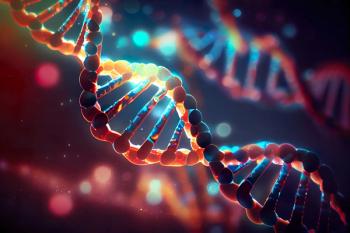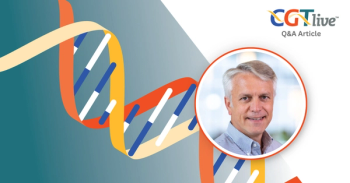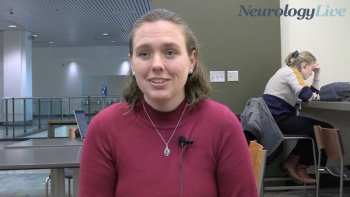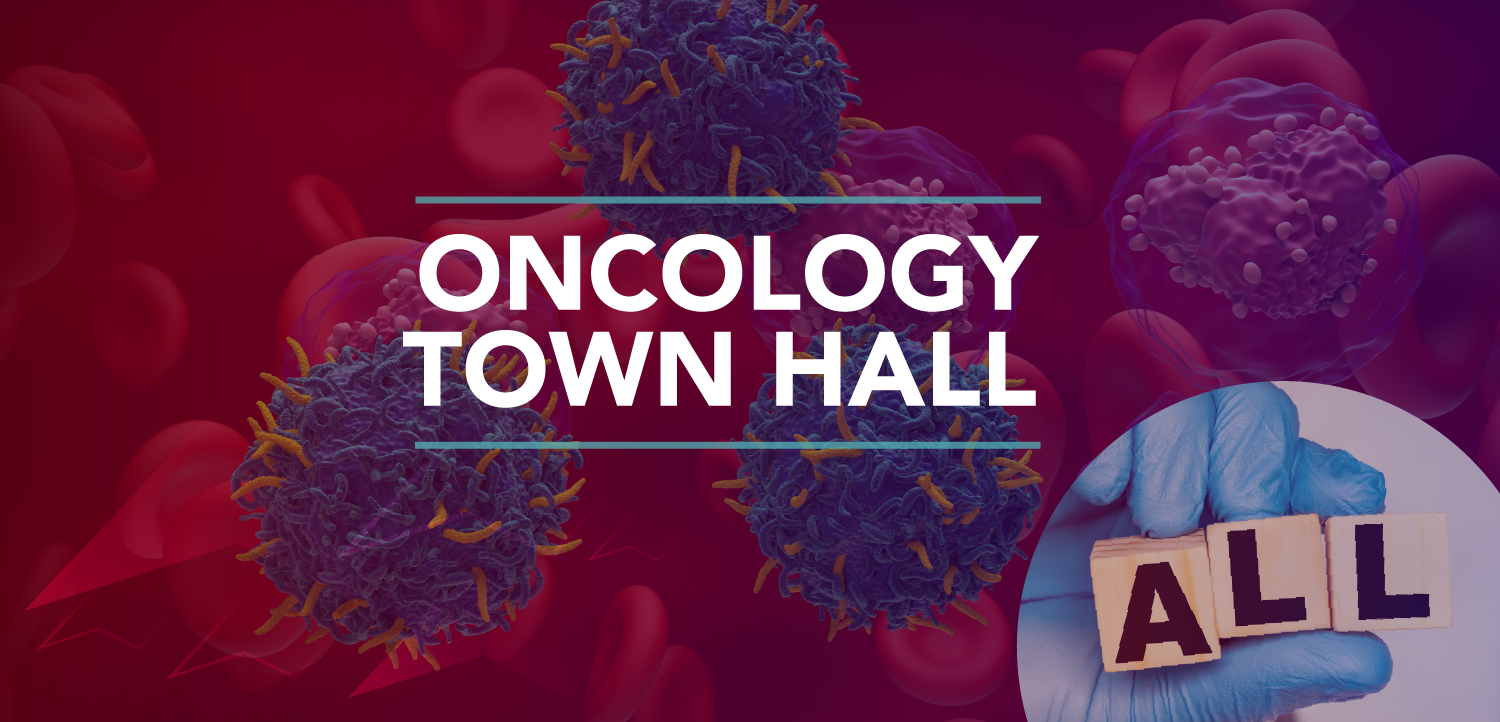
Genetic Immunotherapy May Enhance Effects of Radiotherapy
WASHINGTON-Gene therapy is unlikely to cure cancer on its own, but may enhance existing treatments when used in combination, said Chuan-Yuan Li, PhD, of Duke University Medical Center. "Combining gene therapy with radiation therapy produces a synergistic effect on tumors and merits further study," he said at the Susan G. Komen Breast Cancer Foundation grants conference "Reaching for the Cure."
WASHINGTONGene therapy is unlikely to cure cancer on its own, but may enhance existing treatments when used in combination, said Chuan-Yuan Li, PhD, of Duke University Medical Center. "Combining gene therapy with radiation therapy produces a synergistic effect on tumors and merits further study," he said at the Susan G. Komen Breast Cancer Foundation grants conference "Reaching for the Cure."
Dr. Li said that there are two problems to be overcome with gene therapy: How to deliver the genes to target tissues or organs and how to control where and when the gene therapy is expressed. An added requirement in cancer is that any therapy needs to eliminate 100% of the tumor or it will regrow.
In his work, Dr. Li used adenovirus genetically engineered to deliver the therapeutic genes. Adenoviruses are useful because many of their own genes can be removed and replaced with therapeutic genes without affecting their ability to infect.
Dr. Li inserted genes expressing the cytokine interleukin-12 (IL-12) and the immunostimulatory molecule B7.1 (AdIL12/B7.1). He injected nonimmu-nogenic mouse mammary tumor cells (4T1) subcutaneously into the legs of the mice, irradiated the tumors, and then injected the viral vectors. The combined gene and radiation therapies produced effects on the tumors greater than either therapy alone.
However, Dr. Li also found that the tumorally injected virus may disseminate beyond the tumor to the liver, lung, and spleen, raising serious questions about safety. His next step was to create a heat-inducible vector protein, so that the gene is expressed only when the tumor is heated. When the mice were soaked in a water bath for 1 hour at 42 degrees C, he found that the gene was expressed only in the tumor.
"The mechanism for this response seems to be complicated," Dr. Li said, "involving the ability of IL-12 to activate T cells and NK [natural killer] cells, and to inhibit angiogenesis, while the radiation induces apoptosis or necrosis among tumor cells."
Newsletter
Stay at the forefront of cutting-edge science with CGT—your direct line to expert insights, breakthrough data, and real-time coverage of the latest advancements in cell and gene therapy.





































